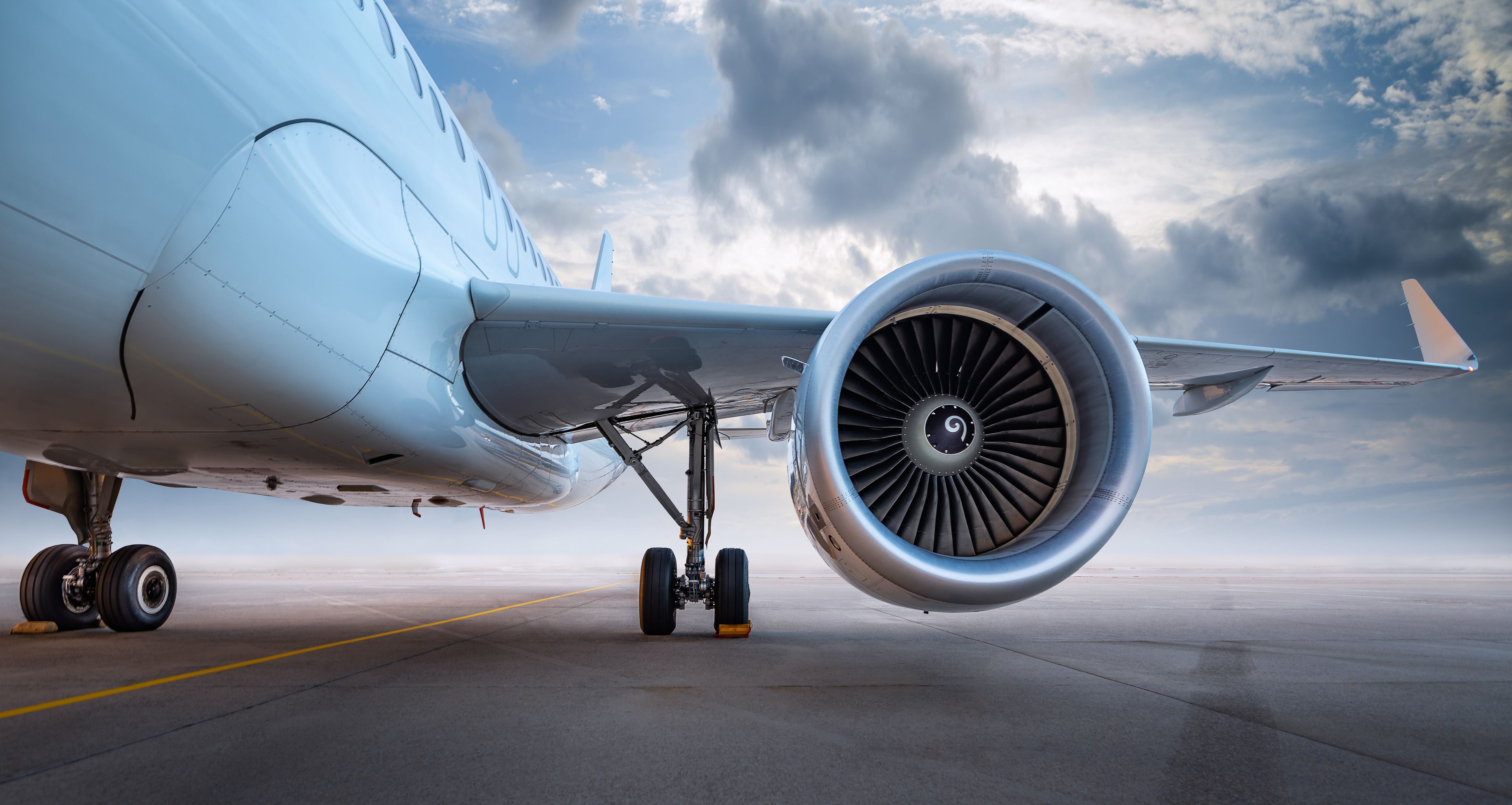Shares of Hawaiian Holdings (HA +0.00%) have been stuck in a downtrend for nearly three years, falling from a high above $60 in late 2016 to around $25 recently. Rising fuel prices and nonfuel unit cost inflation began to put pressure on the airline's profitability in 2017 and 2018. Increased competition in the West Coast-Hawaii market and on interisland flights within Hawaii have inflicted further pain since the beginning of last year.
Hawaiian Airlines suffered another blow last week, as the Department of Transportation tentatively rejected its request for antitrust immunity for its planned joint venture with Japan Airlines (JAL). However, investors received some much better news this week, as Hawaiian raised its third-quarter forecast.
The DOT isn't buying what Hawaiian and JAL are selling
Over the past decade or so, international joint ventures with antitrust immunity have become a widespread feature of the U.S. airline industry. Numerous pairs (or larger groups) of carriers have convinced federal regulators that by coordinating scheduling and pricing, they can offer more efficient and more frequent service on international routes. The DOT believes that in many cases, granting antitrust immunity can lead to lower fares on average by promoting capacity growth, even though the joint venture partners are no longer competing against one another.
Hawaiian Airlines and JAL decided last year to work toward a similar antitrust-immunized joint venture, covering flights from Hawaii to Japan and other points in Asia. The joint venture promised to give Hawaiian Airlines better access to connecting traffic from markets in Japan and the rest of Asia that it can't efficiently serve with nonstop flights.

Hawaiian Airlines wants to form a joint venture with JAL, the parent of Japan Airlines. Image source: Hawaiian Airlines.
DOT regulators accepted most of the arguments in favor of closer cooperation between JAL and Hawaiian Airlines. However, they believe that most of the benefits could be obtained without coordinated scheduling and pricing, making antitrust immunity unnecessary.
Many of the regulators' arguments seem poorly reasoned. Most notably, they point to Hawaiian Airlines' planned growth in the Japan-Hawaii market over the next six months as evidence that antitrust immunity is not necessary to encourage the carrier to add new service to Japan. But Hawaiian may have planned some of those new flights on the assumption that it would soon receive antitrust immunity for its JAL joint venture. Without antitrust immunity, there's a risk that it may have to reverse some of its expansion, depending on market conditions.
The DOT decision is tentative for now. Hawaiian and JAL plan to appeal. However, it is quite unusual for the DOT to reverse itself in these situations, so the two airlines will have to figure out how much cooperation is feasible without antitrust immunity. The benefits for Hawaiian Airlines are sure to be smaller.
Some good news at last
Fortunately, Hawaiian Holdings investors didn't have to wait long to receive some better news. On Monday afternoon, the company significantly improved its forecast for the recently ended third quarter.

Image source: Hawaiian Airlines.
Back in July, management had projected that revenue per available seat mile (RASM) would decline 1.5% to 4.5% year over year in the third quarter. That would have been roughly in line with Hawaiian Airlines' RASM trend for the first half of 2019. Combined with the company's forecast that nonfuel unit costs would rise 3.5% to 6.5% year over year -- more than offsetting the tailwind from lower fuel prices and better fuel efficiency -- this implied that Hawaiian's pre-tax margin would fall by several percentage points compared to the third quarter of 2018.
By contrast, Hawaiian Airlines now expects to report RASM that is roughly flat year over year (plus or minus 0.5 percentage points) for the third quarter. The carrier attributed the improved forecast to higher fares, particularly on international routes. Hawaiian also narrowed its nonfuel unit cost forecast to the middle of its previous guidance range and reduced its economic fuel cost estimate from $2.11 per gallon to $2.04 per gallon.
Based on this updated forecast, Hawaiian's adjusted pre-tax margin is set to decline by just 1 or 2 percentage points compared to 2018's third-quarter result of 15.9%. That should enable the company to post adjusted earnings per share in line with or slightly below its year-ago result of $1.91 -- but far ahead of the average analyst estimate of $1.36.
Stabilization of unit revenue is a huge step forward
The unexpected stabilization of Hawaiian Holdings' RASM is a great sign for the fourth quarter and 2020. With unit cost trends likely to improve dramatically, even flattish unit revenue could enable solid EPS growth.
Hawaiian Airlines still has some work to do to ensure that RASM doesn't start to recede again, as Southwest Airlines plans another wave of growth on routes to and within Hawaii starting next month. That said, Hawaiian continues to tweak its West Coast-Hawaii flight schedule to improve its competitiveness. Moreover, it recently began the rollout of basic economy pricing, which could provide up to $25 million of incremental annual revenue.
The DOT's rejection of Hawaiian Airlines' antitrust immunity application was certainly disappointing for the company and its investors. But with profitability trends already improving, investors shouldn't be too worried about the company's ability to remain highly profitable even without the full benefit of the JAL joint venture.



